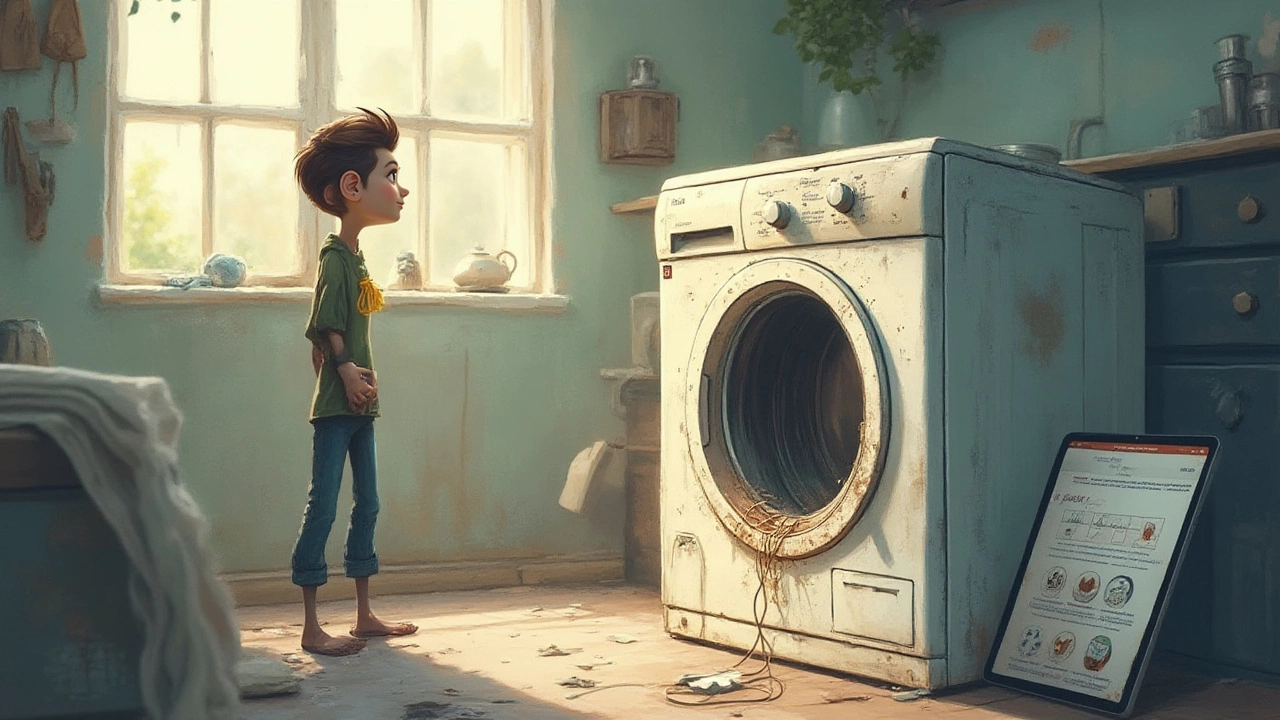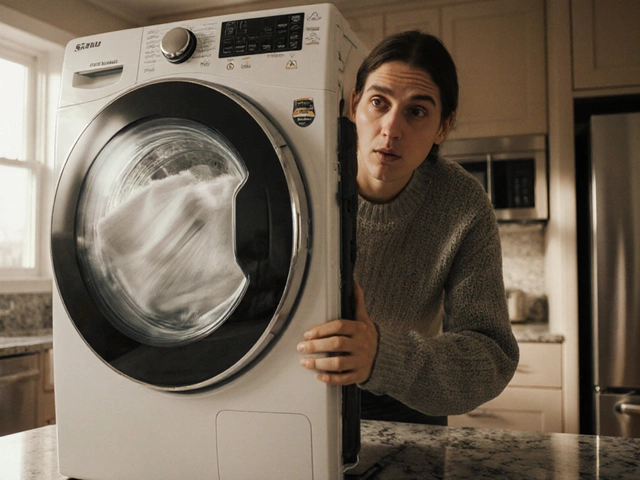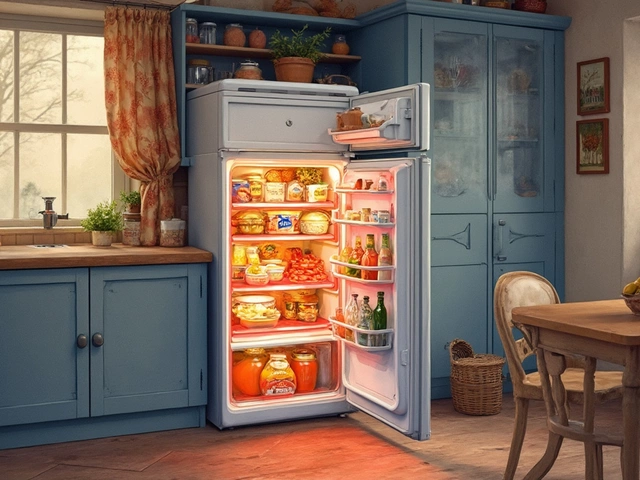If your dryer is taking forever to dry clothes, rattling loudly, or leaking water, it might be time to think about a replacement. A new dryer can save energy, cut down on utility bills, and stop you from constantly fixing the same problem. In this guide we’ll show you the tell‑tale signs that repair isn’t worth it, how to pick a model that fits your home, and what to expect on installation.
First, look for the obvious red flags. A dryer that won’t heat at all, even after checking the fuse and vent, is a major clue. If the drum spins unevenly or makes grinding noises, the drum rollers or motor are probably worn out – parts that can cost almost as much as a new machine. Another common issue is persistent lint buildup that triggers the safety switch; this means the vent system is blocked and the dryer is over‑working.
Age matters too. Most dryers last 10‑15 years with regular maintenance. If yours is pushing 12 years and you’ve already spent a few hundred pounds on repairs, the numbers start to tip toward replacement. Look at your energy bills – an old dryer can be 30‑40% less efficient than a modern, eco‑friendly model.
When you decide to replace, think about capacity, energy rating, and the space you have. A 7‑kg drum is enough for a couple of people, while a 9‑kg or larger unit works better for families. Look for an A+++ rating – it might cost a bit more upfront, but the savings on electricity are noticeable.
Consider the type of dryer too. Condenser dryers are easy to install because they don’t need a vent, but they use more electricity. Heat‑pump dryers are the most efficient and gentle on clothes, though they carry a higher price tag. If you have a proper vent, a vented dryer will be cheaper to run.
Don’t forget extra features like sensor drying, anti‑wrinkle cycles, or steam refresh. These can cut down on ironing time and keep fabrics looking fresh longer. Read reviews from UK buyers – many sites highlight reliability, noise levels, and how well the dryer handles heavy loads.
Once you’ve picked a model, plan the installation. Most appliances need a qualified electrician to hook up the power safely, especially if it’s a high‑power unit. Professional installers can also check the vent length and make sure there are no obstructions that could cause future problems.
Finally, think about warranty and after‑sales service. A three‑year warranty is common, but some brands offer five‑year coverage on the motor. This gives you peace of mind that any early issues won’t hit your wallet.
In short, if your dryer is noisy, inefficient, or constantly breaking down, a replacement is often the smarter move. Choose a size and energy rating that matches your household, check the venting requirements, and let a pro handle the hookup. You’ll end up with faster drying, lower bills, and fewer repair calls – a win for any Bognor Regis home.

Find out when repairing your dryer isn’t the smart move. Learn real signs, safety warnings, and how to choose between fixing and just getting a new one.

Learn why and when appliances need professional service, the signs of trouble, how often each should be checked, DIY tips, costs and when to replace.

Repairing an aging laptop can be a tricky decision. This article explores whether it's still worth investing in a 7-year-old device. We'll consider factors like performance, cost, potential upgrades, and environmental impact. Dive in to learn about the practical and sentimental value of maintaining your trusty laptop.

Extractor fans play a pivotal role in maintaining air quality in kitchens and bathrooms by expelling moisture, odors, and smoke. If your extractor fan suddenly stops working, it can lead to persistent humidity or unpleasant smells. This guide provides practical steps for diagnosing and fixing common issues that can cause an extractor fan to malfunction. From checking power supply and fuses to cleaning and replacing parts, understanding the intricacies can save you time and money. By following these steps, you can restore your extractor fan’s functionality and maintain a comfortable home environment.

Understanding what usually fails in a fridge can save you time and money. This article explores common issues like malfunctioning thermostats, compressor problems, and leaky seals. Learn helpful tips for diagnosing and possibly fixing these issues yourself. Knowing when to call a professional is also crucial in the life of your fridge.

Curious if you can fix your boiler yourself? This detailed guide covers common boiler problems, easy repairs you can tackle, and when to leave it to the pros.